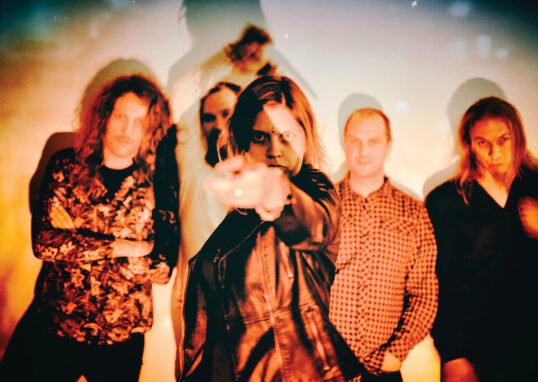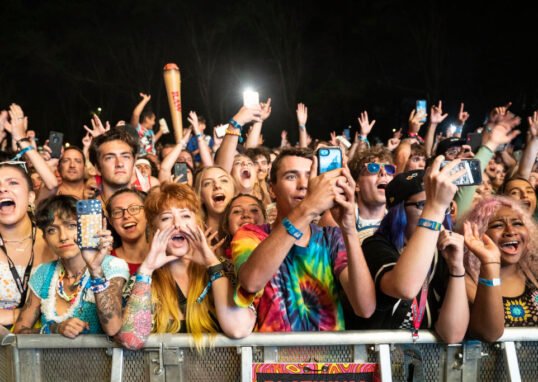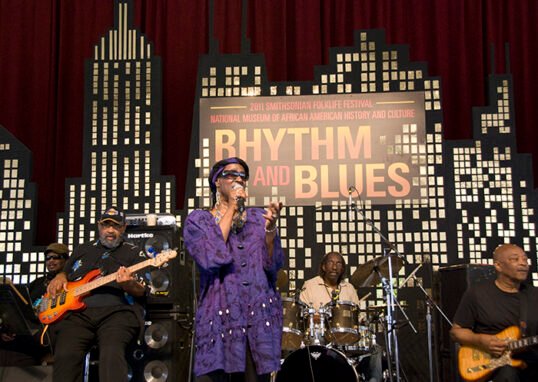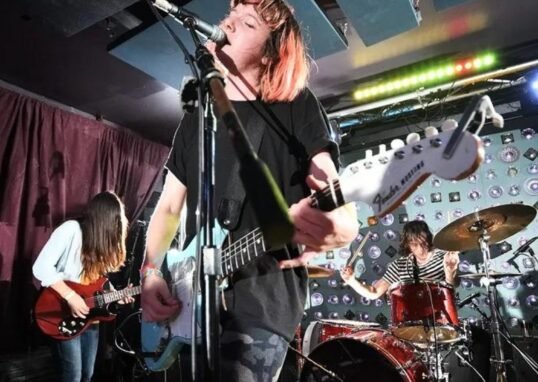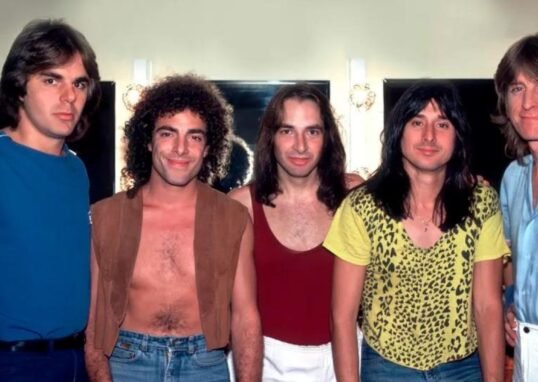
The grunge revolution of the late 1980s and early 1990s marked a transformative period in rock music, characterized by its raw sound and rebellious ethos. Originating in the Pacific Northwest, grunge fused elements of punk, metal, and alternative rock, giving rise to a distinctive musical and cultural movement. This exploration delves into the origins, key players, and lasting impact of the grunge revolution.

Origins of Grunge
Firstly, the roots of grunge can be traced to Seattle, Washington, where a burgeoning underground music scene began to take shape in the mid-1980s. Influenced by punk rock’s DIY ethos and heavy metal’s powerful riffs, local bands started to develop a unique sound that was both gritty and melodic. This new genre, later dubbed grunge, reflected the disillusionment and angst of a generation coming of age in a time of economic uncertainty and cultural change.
Key Players in the Grunge Scene
Moreover, several bands emerged as pioneers of the grunge movement, each contributing to its distinctive sound and ethos. Nirvana, fronted by Kurt Cobain, became the face of grunge with their breakthrough album “Nevermind” in 1991. Songs like “Smells Like Teen Spirit” captured the raw emotion and anti-establishment spirit of the era. Pearl Jam, another key player, gained widespread acclaim with their debut album “Ten,” featuring hits like “Alive” and “Jeremy.” Other notable bands, including Soundgarden, Alice in Chains, and Mudhoney, also played pivotal roles in shaping the grunge sound.
The Role of Sub Pop Records
Additionally, Sub Pop Records, a Seattle-based independent label, played a crucial role in the rise of grunge. Founded by Bruce Pavitt and Jonathan Poneman, Sub Pop signed many of the early grunge bands and helped to define the genre’s aesthetic. The label’s raw production style and emphasis on authenticity resonated with both artists and fans. Sub Pop’s “Singles Club,” which released limited-edition singles from emerging bands, helped to spread the grunge sound beyond Seattle and gain a national following.
Cultural Impact of Grunge
Furthermore, the grunge revolution extended beyond music, influencing fashion, art, and attitudes. The grunge look, characterized by flannel shirts, ripped jeans, and unkempt hair, became a symbol of anti-fashion and a rejection of the polished aesthetics of the 1980s. This style mirrored the music’s raw and unrefined quality. Grunge also challenged the commercialism of the music industry, emphasizing authenticity and artistic integrity over mainstream success. The movement’s emphasis on self-expression and individuality resonated with a generation seeking an alternative to the status quo.
Grunge’s Mainstream Success
Moreover, despite its underground origins, grunge quickly achieved mainstream success. Nirvana’s “Nevermind” and Pearl Jam’s “Ten” topped the charts and brought grunge to a global audience. This newfound popularity, however, brought both opportunities and challenges. While it provided a platform for grunge bands to reach a wider audience, it also led to increased commercial pressures and media scrutiny. The sudden fame and intense spotlight took a toll on many artists, including Kurt Cobain, whose tragic death in 1994 marked a turning point for the movement.
The Decline of Grunge
Additionally, by the mid-1990s, the grunge movement began to wane as bands disbanded, members passed away, or moved in new musical directions. The mainstreaming of grunge led to a saturation of the market, with record labels seeking to capitalize on its success by promoting less authentic acts. However, the influence of grunge endured, leaving a lasting legacy on rock music and popular culture. Bands like Foo Fighters and Audioslave, formed by members of grunge-era bands, carried the torch forward while evolving the sound.
Grunge’s Lasting Legacy
In conclusion, the grunge revolution left an indelible mark on the music industry and culture. Its raw sound, authentic ethos, and cultural impact continue to resonate with new generations of musicians and fans. The movement’s emphasis on authenticity and rebellion against mainstream norms has inspired countless artists across genres. While the heyday of grunge may have passed, its spirit lives on, reminding us of the power of music to capture the zeitgeist and inspire change.

